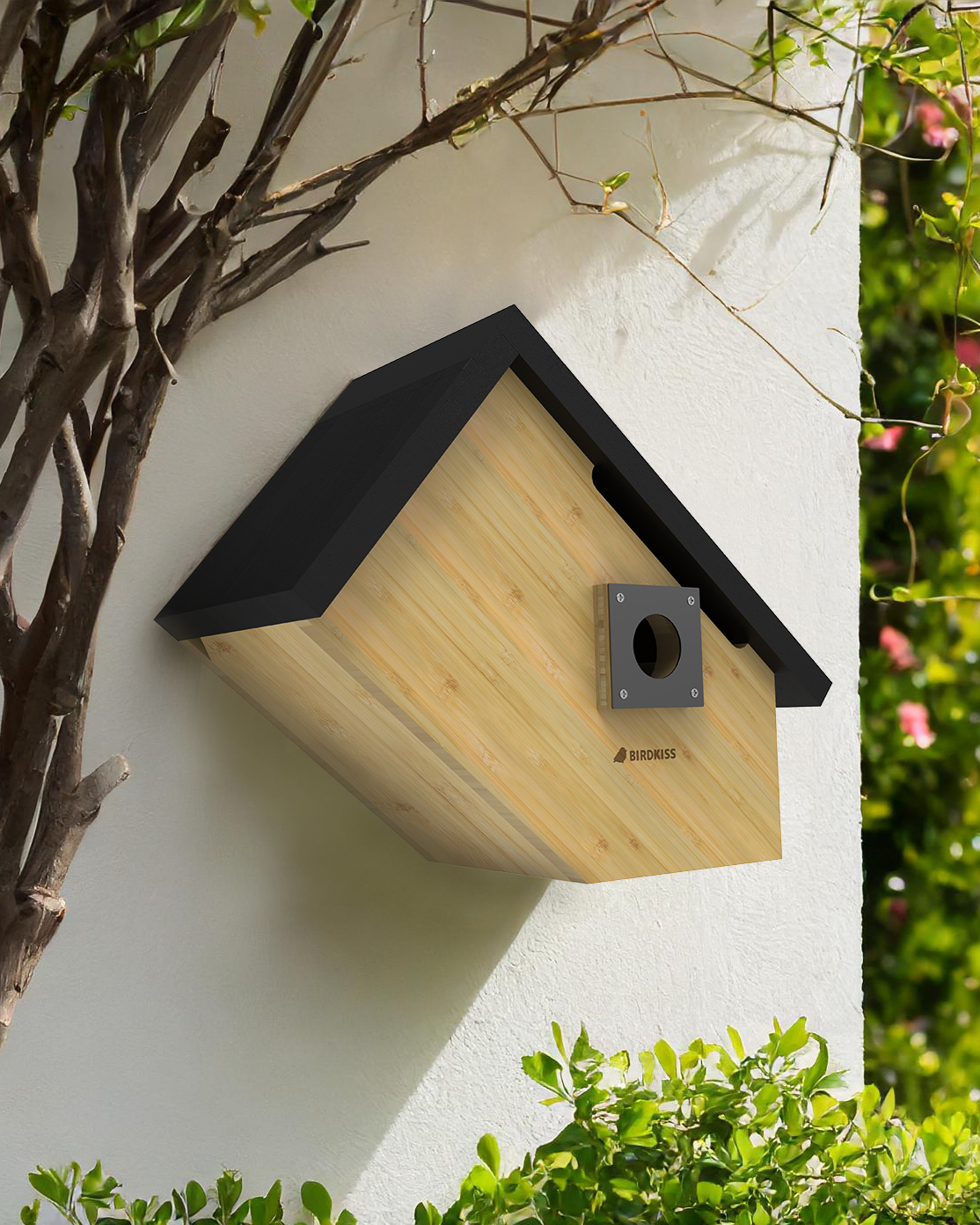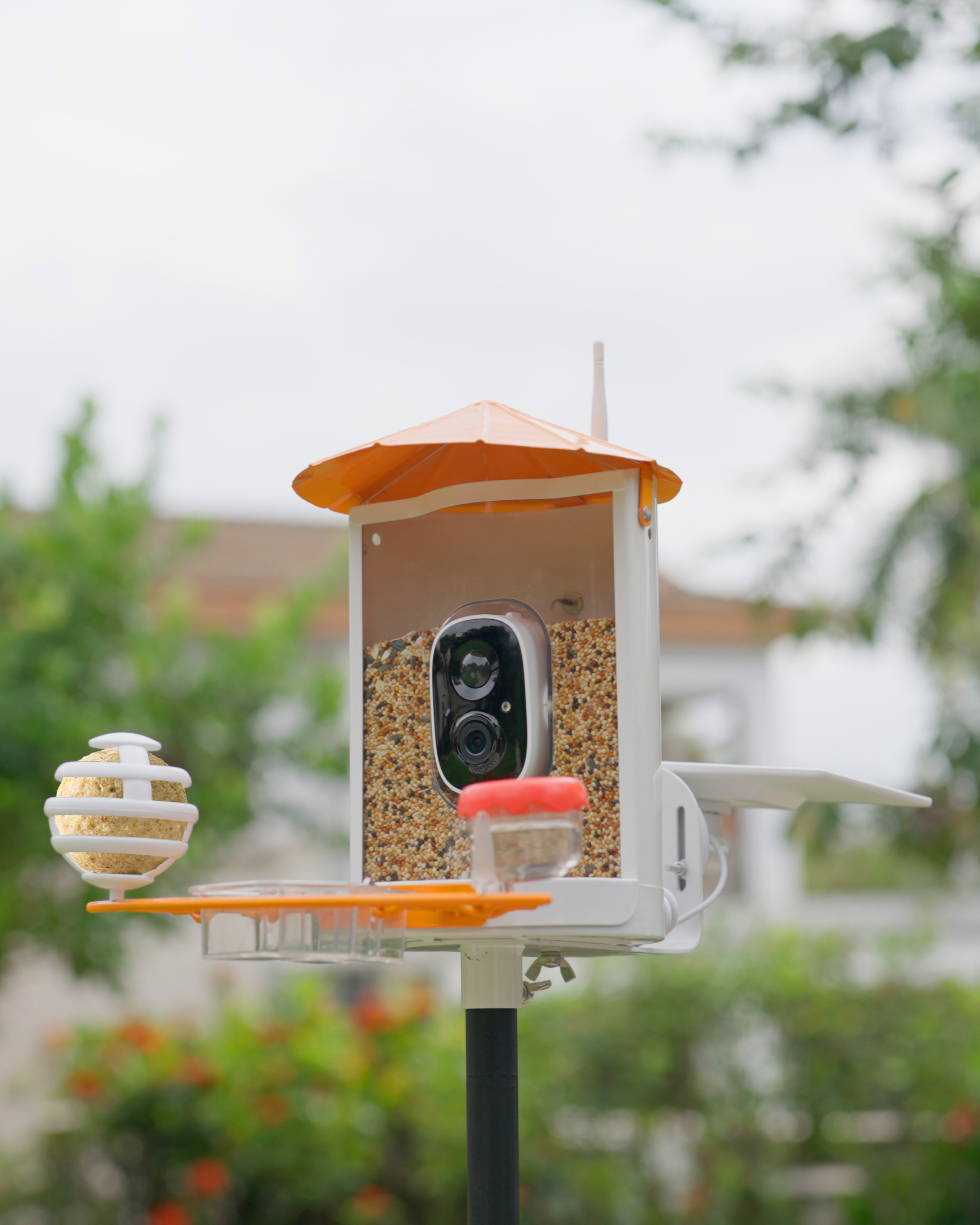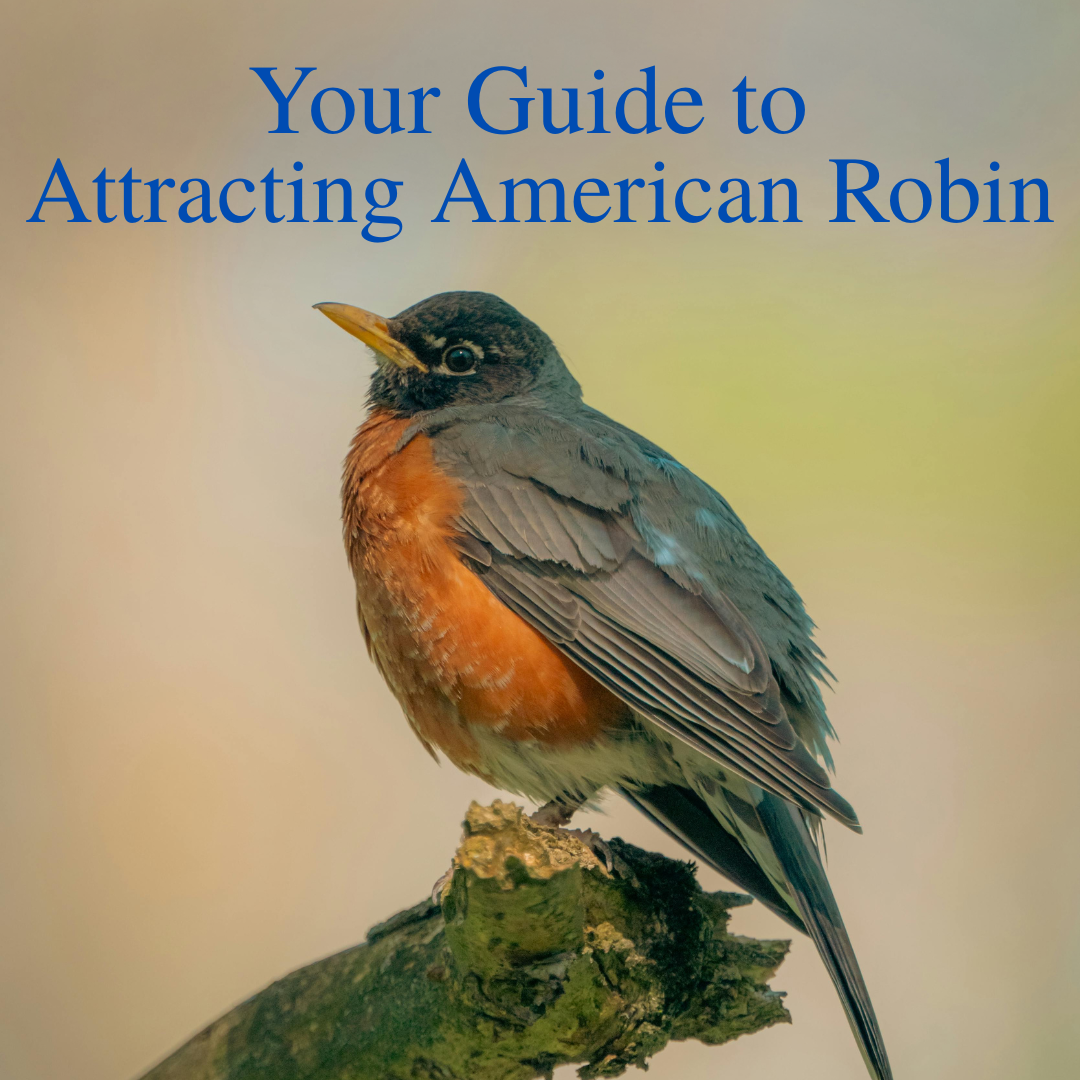The sight of an American Robins hopping across a lawn, head cocked to listen for a worm, is one of the most cherished signs of spring. Their cheerful, liquid song—a familiar cheerily-cheer-up-cheerio—brings life to our backyards.
While many robins are already frequent visitors, you can make your yard a true haven for these delightful birds. Here’s how to provide everything they need to feel right at home.

Beyond the Worm: What Robins Really Eat
First things first: you won't find robins at your regular seed feeder. They are not seed-eaters. Instead, they hunt for food on the ground, using their incredible eyesight to spot the slightest disturbance in the soil that signals a juicy earthworm or grub.
To make your yard even more appealing, you can supplement their natural diet. Robins love:
- Mealworms: A high-protein treat, especially during nesting season. Offer them in an open tray feeder on or near the ground.
- Fruit: Sliced apples, raisins, and berries are big hits.
- Jelly: A small amount of grape jelly can attract robins and orioles alike.
- Suet: While less common, some robins will develop a taste for suet, particularly in colder weather.
In the fall and winter, when insects are scarce, a robin's diet shifts almost entirely to fruit. Planting berry-producing trees and shrubs like crabapple, cherry, dogwood, or hawthorn will provide a crucial winter food source and keep them visiting your yard year-round.
A Place to Drink and Bathe
Robins absolutely love water and are frequent visitors to birdbaths. Because their bones are hollow, they can't submerge themselves, so they prefer shallow water. You'll see them splashing enthusiastically to scoop water over their feathers.
- Tip: Keep the water fresh and clean. To make your birdbath irresistible, add a "Water Wiggler" or a small solar fountain. The movement not only attracts birds but also helps prevent mosquitoes. In winter, a heated birdbath provides a vital source of drinking water.
Safe Shelter and Nesting Spots
Robins build their nests with mud, grass, and twigs, typically in the fork of a tree or on a sturdy branch. You can give them a helping hand by installing a nesting platform or shelf.
If you add a nesting structure, here are a few tips for success:
- Material: Use natural, unpainted wood like cedar, which is durable and breathable.
- Placement: Mount the shelf under an eave or in another sheltered spot, protected from strong wind and rain. Robins often nest fairly low, sometimes just 6-10 feet off the ground.
- Territory: Be aware that male robins are very territorial during nesting season. They may chase other birds away from their chosen area and even attack their own reflection in windows. A simple window decal can help prevent this.
With these simple additions, your backyard can become a favorite destination for American Robins, allowing you to enjoy their lively antics and beautiful songs all season long.
Would you like to learn more about the American robin? We recommend you visit: https://www.allaboutbirds.org/guide/American_Robin/id







Leave a comment
All comments are moderated before being published.
This site is protected by hCaptcha and the hCaptcha Privacy Policy and Terms of Service apply.